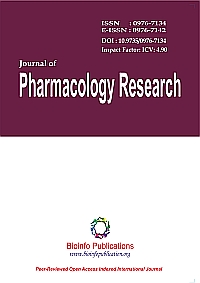
“Preparations derived from Cannabis sativa (marijuana and hashish) have become widespread since ancient times, both as therapeutic agents and in recreational smoking.
Among the more than 60 phytocannabinoids identified in Cannabis extracts, the two most abundant are Δ9-tetrahydrocannabinol (THC), the major psychotropic constituent, and cannabidiol (CBD), the major non-psychoactive component.
Cannabinoids were shown to exert a wide range of therapeutic effects, and many of the cannabinoids, especially CBD, were shown to possess potent anti-inflammatory and immunomodulatory activities. In addition, it was shown that several cannabinoids have pro-apoptotic, neuroprotective, and antitumor properties
Dimethylheptyl-cannabidiol (DMH-CBD), a non-psychoactive, synthetic derivative of the phytocannabinoid cannabidiol (CBD), has been reported to be anti-inflammatory in RAW macrophages. Here, we evaluated the effects of DMH-CBD at the transcriptional level in BV-2 microglial cells as well as on the proliferation of encephalitogenic T cells.
The results show that DMH-CBD has similar anti-inflammatory properties to those of CBD. DMH-CBD downregulates the expression of inflammatory cytokines and protects the microglial cells by inducing an adaptive cellular response against inflammatory stimuli and oxidative injury. In addition, DMH-CBD decreases the proliferation of pathogenic activated TMOG cells.
Several CBD derivatives were also shown to have anti-inflammatory and anti-proliferative properties.
The results show that DMH-CBD induces similar anti-inflammatory, anti-proliferative, and stress response effects to those previously observed for CBD.”
https://www.degruyter.com/view/j/jbcpp.2016.27.issue-3/jbcpp-2015-0071/jbcpp-2015-0071.xml











